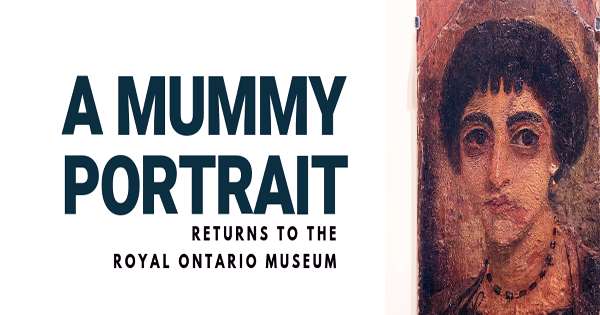This so-called “mummy portrait” was part of a popular tradition among some Egyptians in the Greco-Roman era, from the first to the third century AD. But how accurate are these portraits? To find out, a team of scientists from Austria and Germany scanned the little boy’s body and created a 3D digital reconstruction of his face.
Andreas Nerlich, director of research at the Institute of Pathology at the Munich- Bozenhausen Academic Clinic in Germany, told Live that the portrait showed some old features that could be the result of an artistic conference at the time.
This single portrait, however, does not reveal whether it was common practice for ancient Egyptian artists to show young women older in their mummy portraits. Of the nearly 1,000 mummy portraits recovered from Greco-Roman Egypt, 100 mummies are still attached. For the project – the first of its kind to compare a mummy portrait of a young Egyptian child with the reconstruction of his face – researchers chose the boy’s mummy, found in a cemetery near the Pyramid of Howrah, southwest of Cairo, in the 1880s, The 30-inch-long (78 cm) mummy, which is sometimes found in 50 B.C. Eddie. At 100, the Egyptian Museum is now housed in Munich.
The team scanned the city mummy – and took an X-ray of the mummy in 1984 – to create a 3D digital image of the boy's body. CT scans revealed that the boy’s brain and some parts of his abdomen had been removed; Cremation is a common practice in ancient Egypt. Nerlich said the boy probably died of pneumonia at the time of his death as a result of bone and tooth development. Since we are only able to provide a single case, it remains to be determined whether it is unique or part of a general phenomenon. Subsequent studies will hopefully address this question, Nerlich et al. Continue Mummy portraits of that time reveal a variety of facial features, hairstyles, jewelry, and clothing, but the way they are presented is always identical, with the head facing forward and the upper chest end. This portrait resembled a mummy, others completely different from the one that died in the casket. The authors hope that further studies will clarify whether the comparison of responses is unique to this child or part of more general practice.













